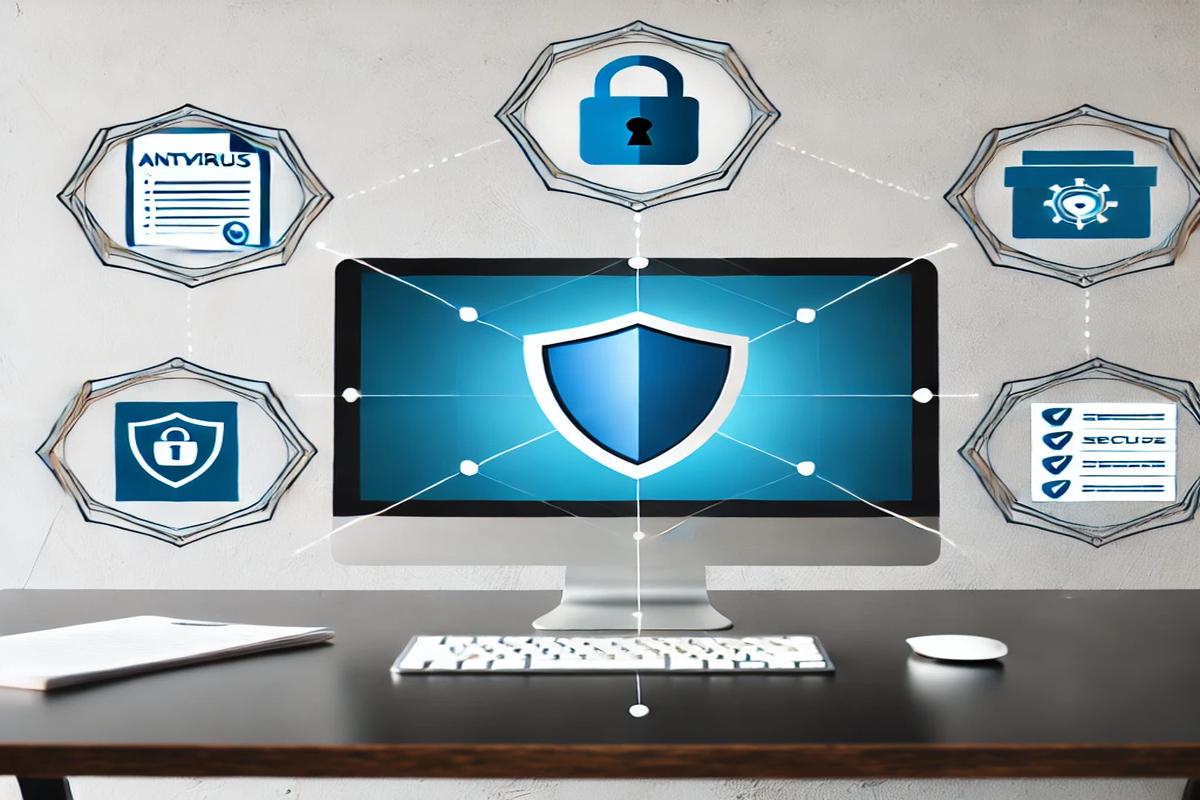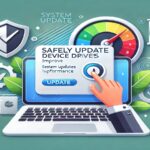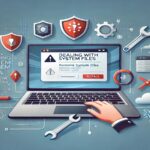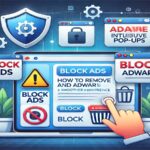In today’s digital age, ensuring the security of your computer is crucial. Viruses and malware can compromise your data, disrupt your workflow, and pose a threat to your online safety. By following these five essential steps, you can protect your system from potential threats and maintain a secure computing environment.
Step 1: Install Reliable Antivirus Software
One of the foundational steps to securing your computer is installing trustworthy antivirus software. This software acts as a barrier, detecting and removing malicious programs before they can cause harm.
Features to Look for in Antivirus Software
- Real-time Protection: Ensures constant scanning for threats.
- Automatic Updates: Keeps your software equipped against the latest malware.
- Comprehensive Scans: Identifies hidden threats in deep system files.
Consider reputable antivirus options such as Norton, McAfee, or Bitdefender for maximum security.
Step 2: Keep Your Software Updated
Outdated software can leave your system vulnerable to attacks. Hackers often exploit security loopholes in outdated programs to inject malware.
Best Practices for Staying Updated
- Enable Automatic Updates: Most operating systems and software offer this feature.
- Manually Check for Updates: Regularly review your software settings for missed updates.
- Update All Programs: This includes browsers, plugins, and utility tools.
Keeping your system updated ensures you’re protected against the latest vulnerabilities.
Step 3: Be Cautious with Email Attachments and Links
Emails are a common vector for malware distribution. Phishing emails can trick users into clicking malicious links or downloading infected attachments.
How to Recognize Suspicious Emails
- Check the Sender’s Address: Look for misspellings or unfamiliar domains.
- Avoid Clicking on Unknown Links: Hover over links to view their destination.
- Beware of Urgent Language: Scammers often use scare tactics to pressure victims.
Always verify emails from unfamiliar sources before taking any action.
Step 4: Use Strong Passwords and Enable Multi-Factor Authentication (MFA)
Weak passwords are a gateway for cybercriminals. Creating robust passwords and using MFA can significantly enhance your computer’s security.
Tips for Creating Strong Passwords
- Use a Mix of Characters: Combine upper and lowercase letters, numbers, and symbols.
- Avoid Predictable Words: Refrain from using birthdays, names, or common phrases.
- Employ a Password Manager: Tools like LastPass or Dashlane help generate and store secure passwords.
MFA adds an extra layer of protection, requiring a second form of verification beyond the password.
Step 5: Regularly Back Up Your Data
Even with all precautions, no system is 100% immune to attacks. Regularly backing up your data ensures that you can recover important files in the event of a breach.
Effective Backup Strategies
- Use Cloud Storage: Services like Google Drive, Dropbox, or OneDrive offer secure and scalable storage options.
- External Hard Drives: Maintain offline backups to prevent ransomware attacks from locking your files.
- Automate Backups: Schedule backups to run at regular intervals for convenience.
By prioritizing backups, you can minimize potential losses caused by malware or hardware failures.
Additional Tips for Enhanced Protection
- Avoid Public Wi-Fi: Public networks can be breeding grounds for hackers. Use a VPN to encrypt your internet connection.
- Disable Unused Services: Turn off features like remote desktop sharing to reduce exposure to attacks.
- Monitor System Performance: Sudden slowdowns can indicate malware activity.
Conclusion
By following these five steps, you can significantly reduce your computer’s risk of infection and ensure a safe, productive digital experience. Protecting your system requires diligence, but the peace of mind that comes with a secure setup is invaluable. Start implementing these strategies today to safeguard your digital life.
















